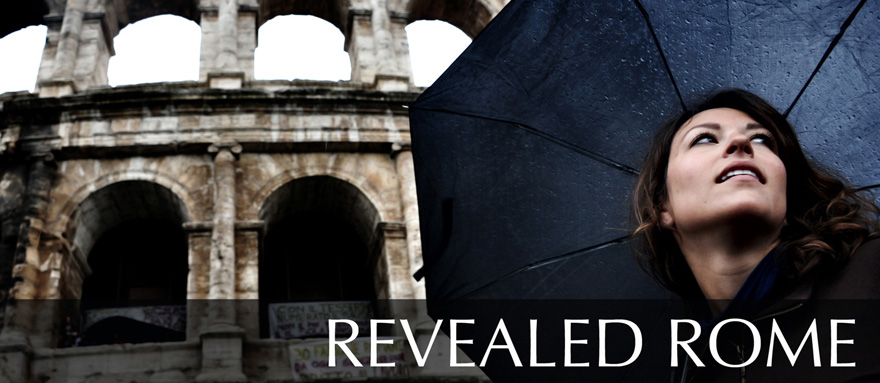Unless you're a Mannerist art fan, don't visit the Galleria Spada until you've seen the Vatican museums, Galleria Borghese, Capitoline museums, Villa Farnesina, Palazzo Massimo, and Palazzo Barberini.
But. Once you've done those — or if you're in the mood for just a half-hour art stop, instead of the longer slog the other galleries entail — check out the collection of Palazzo Spada.
Located just around the corner from Campo dei Fiori and Piazza Farnese, in one of Rome's lovely and quieter neighborhoods, the palazzo got its start as a cardinal's palace in the 16th century. Seventy years later, it was built by another cardinal (Cardinal Spada, of course!) who commissioned none other than Borromini to modify it.
Borromini's main contribution? The courtyard's colonnade, a trick of perspective that makes the gallery look 37 meters long, when really it's just 8 (shown above).
The "ah-ha!" you get when you catch just how small the gallery really is (aided by one of the workers, who will come out and stand at the back of it to show you that it's all just a trick) is one that must have been shared by guests to the palazzo for nearly four centuries. But that's not the only way in which you experience the gallery much as 17th-century visitors would have.
In all four (yes, only four) of its rooms, the museum seems frozen in time. The collection — which boasts paintings by Guido Reni, Orazio and Artemisia Gentileschi (Artemisia's "Santa Cecilia" is shown below), and Domenichino, plus one piece thought to be a Titian — is still displayed much as it would have been. The walls are hung with
painting upon painting; the floors are bordered with ancient busts and statues; the ceilings are frescoed. It all feels a bit musty, and you're likely to be the only person there.
Sound good? Then go. After all, it's one of the few things you can do in Rome that almost no other tourist has.
For more information (in Italian), click here. For a map, click here. The Galleria Spada costs €5, with reduced options for E.U. members.
 .
.






